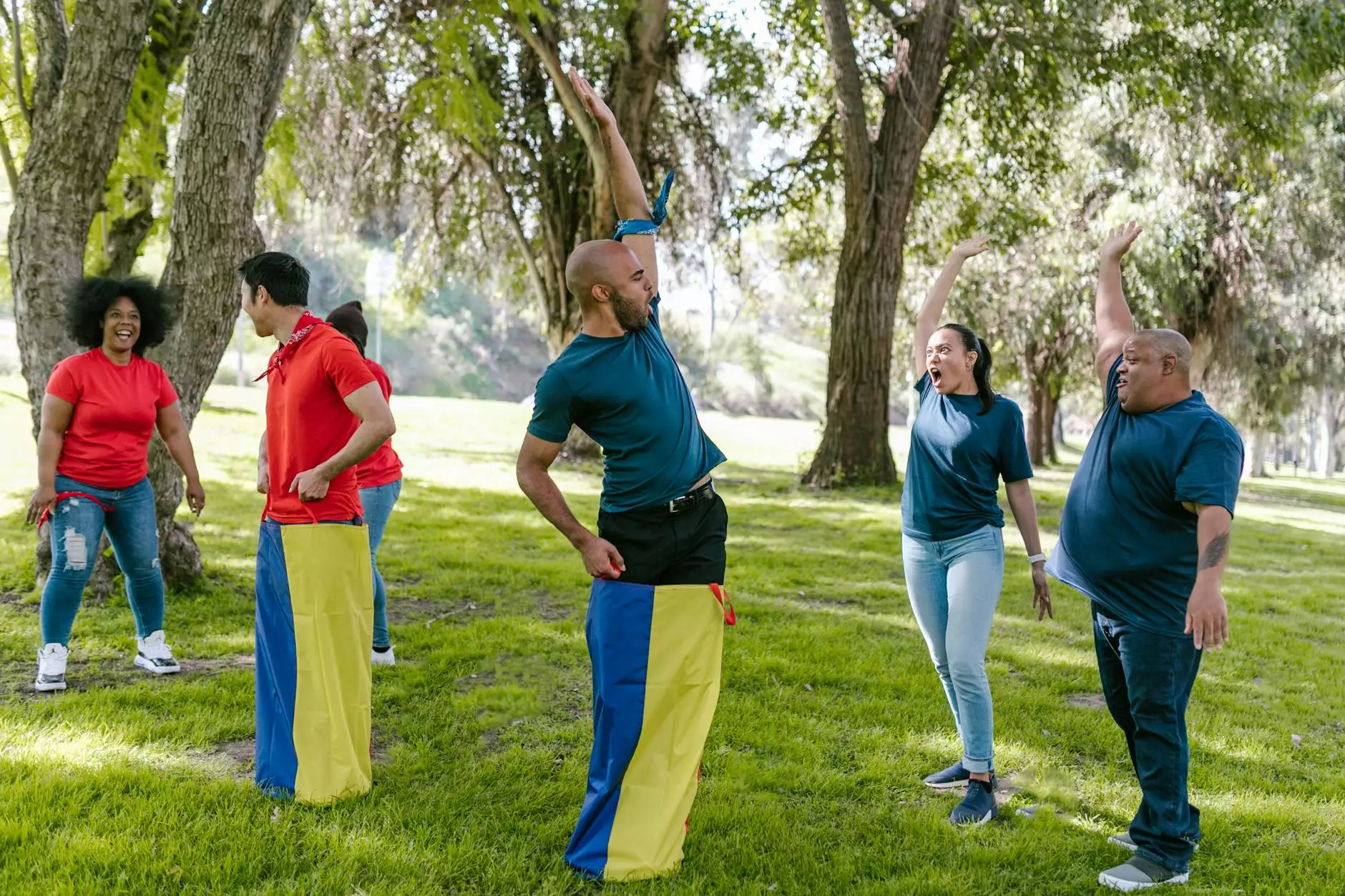The Comprehensive Guide to the 3 Stages of Frozen Shoulder

Frozen shoulder, also known as adhesive capsulitis, is a painful condition that limits the range of motion in the shoulder. Understanding the 3 stages of frozen shoulder can help in effectively managing and treating this condition. Each stage is characterized by different symptoms and levels of pain, affecting the shoulder's mobility.
Understanding Frozen Shoulder
Frozen shoulder occurs when the capsule surrounding the shoulder joint thickens and tightens, leading to increased stiffness and reduced mobility. This condition commonly affects individuals between the ages of 40 to 60, and often has associations with diabetes, thyroid disorders, and previous shoulder injuries. Knowing the 3 stages of frozen shoulder is crucial for timely diagnosis and intervention.
The 3 Stages of Frozen Shoulder
Stage 1: The Freezing Stage
The first stage, often referred to as the "freezing stage", typically lasts from 6 weeks to 9 months. During this time, patients experience:
- Gradual Pain: The initial sensation is a gradual onset of pain in the shoulder, sometimes radiating down the arm.
- Loss of Motion: Patients may find it increasingly difficult to move their shoulder, particularly when attempting overhead movements.
- Increased Pain Duration: The pain tends to worsen at night, affecting sleep and daily activities.
In this stage, many individuals may initially dismiss the pain, attributing it to normal wear and tear. However, recognizing these early signs is essential for preventing the progression into more painful stages.
Stage 2: The Frozen Stage
The second stage, known as the "frozen stage", can last anywhere from 4 to 6 months. At this point, the pain may begin to diminish, but the stiffness becomes more pronounced. Key characteristics of this stage include:
- Severe Stiffness: The shoulder joint becomes significantly stiffer, making simple movements like reaching for an object or putting on a shirt very challenging.
- Limited Range of Motion: Patients often experience a marked decline in the range of motion, with movements becoming increasingly restricted.
- Minimal Pain Relief: While the pain starts to lessen, the stiffness remains a significant problem, and many patients report frustration with their inability to move their shoulder.
During this stage, physical therapy becomes crucial. The focus will be on maintaining as much range of motion as possible while managing pain levels.
Stage 3: The Thawing Stage
In the final stage, known as the "thawing stage", which can last from 6 months to 2 years, the shoulder begins to recover:
- Gradual Improvement: The range of motion starts to return, and daily activities become less painful.
- Return to Normal Function: Many patients see substantial improvement in shoulder function, allowing them to return to their normal routines.
- Continued Care Needed: Even though pain and stiffness decrease, continued physical therapy is often necessary to restore full range of motion and strength.
Patients should exercise patience as recovery can be slow, but with consistent effort, normal function of the shoulder can often be achieved.
Diagnosis of Frozen Shoulder
Diagnosing frozen shoulder typically involves a combination of medical history review, physical examinations, and imaging tests. Among the common diagnostic methods are:
- Physical Examination: A doctor will assess the range of motion of the shoulder to evaluate any limitations.
- X-rays: These may be used to rule out other conditions such as arthritis or injuries.
- MRIs: Magnetic resonance imaging can provide a more detailed view of soft tissue around the shoulder joint.
It's essential for individuals exhibiting symptoms of frozen shoulder to consult a healthcare provider to establish an appropriate diagnosis.
Treatment Options for Frozen Shoulder
Treatment of the 3 stages of frozen shoulder usually involves a multidisciplinary approach, combining various therapies to alleviate pain and restore mobility:
Physical Therapy
Physical therapy is the cornerstone of treatment for frozen shoulder. Therapists will provide tailored exercises that help maintain flexibility and reduce stiffness:
- Stretching exercises to gently improve mobility.
- Strengthening exercises to support the shoulder joint.
- Heat and ice applications to manage pain.
Medications
Nonsteroidal anti-inflammatory drugs (NSAIDs) such as ibuprofen or naproxen may be recommended for managing pain and inflammation. In some cases, corticosteroid injections can offer significant relief.
Surgical Options
If conservative treatments do not provide adequate relief, surgical options may be considered. These include:
- Shoulder Manipulation: Under anesthesia, the doctor gently manipulates the shoulder to free up adhesions.
- Arthroscopic Surgery: A minimally invasive procedure is performed to remove scar tissue and adhesions.
Although surgery may seem daunting, it can often lead to quicker recovery times and improved outcomes for severely affected individuals.
Importance of Professional Care
While it is possible to manage frozen shoulder independently with at-home exercises and pain relief strategies, seeking professional care is crucial for optimal recovery. Healthcare providers such as chiropractors and physical therapists possess the expertise to guide patients through the intricate process of rehabilitation. They can:
- Provide accurate diagnosis and tailored treatment plans.
- Monitor progress and make necessary adjustments to treatment approaches.
- Educate patients on self-care practices to maintain shoulder health post-recovery.
Conclusion
The journey through the 3 stages of frozen shoulder can be challenging, but with understanding and the right interventions, individuals can achieve significant improvements. When experiencing symptoms of frozen shoulder, it is critical to recognize the importance of seeking professional help. Early intervention, comprehensive treatment, and persistence in rehabilitation pave the way for restoring full function to the shoulder.
For those dealing with frozen shoulder, utilizing resources like iaom-us.com provides valuable information and connections to healthcare professionals specializing in pain management and physical therapy.
Stay informed and empowered about your health; navigating through the 3 stages of frozen shoulder effectively is achievable with the right approach!









